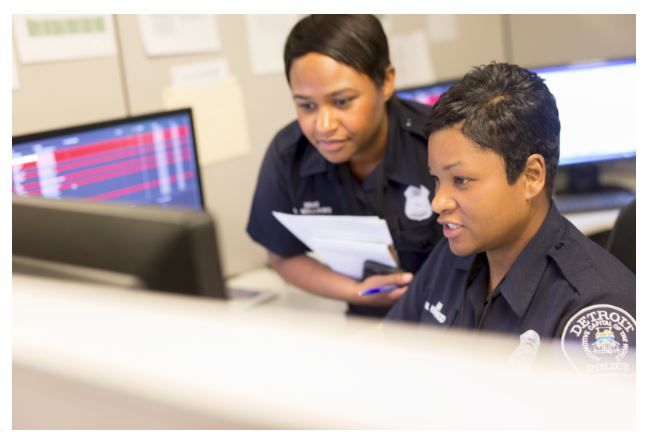You are probably already doing it and just don ’t realize it. Ask any of your veteran officers, “where are our highest crime areas?”, “who do we deal with the most?” and they will all have answers for you, and they will be pretty similar. This is what intelligence-led is all about: taking the information you already have and doing something useful with it. That last part is usually the gap in most departments ‒ doing something with it. Officers have this information, but rarely do they put it to use or share it with other officers and command staff. This is for a multitude of reasons, as officers are told: “stay in your zone/beat”, “drive around and make sure the public sees you”, and “don’t get into anything so you can answer your calls”. All generally good tenants of policing, but don’t allow for the intelligence-led “focused” way of policing.
’t realize it. Ask any of your veteran officers, “where are our highest crime areas?”, “who do we deal with the most?” and they will all have answers for you, and they will be pretty similar. This is what intelligence-led is all about: taking the information you already have and doing something useful with it. That last part is usually the gap in most departments ‒ doing something with it. Officers have this information, but rarely do they put it to use or share it with other officers and command staff. This is for a multitude of reasons, as officers are told: “stay in your zone/beat”, “drive around and make sure the public sees you”, and “don’t get into anything so you can answer your calls”. All generally good tenants of policing, but don’t allow for the intelligence-led “focused” way of policing.
If you know where your crime is generally and where it isn’t generally, then why not focus your patrols in the areas where crime is? All too often policing turns into a game of, “drive around and see if you find something while answering calls in between.” This is akin to the “spray and pray” method of firearms, where you fire your weapon multiple times in multiple directions with the assumption that you will surely hit something. We would never teach our officers to do this. We teach them to be precise and exacting on the firearms range. How about using the same precise and exacting nature in the rest of their job? Why not go to where you know the crime is and hang out there until you get a call? I guarantee your mere increased presence in these high crime areas will, at the very least, disrupt the criminal element in these areas. Now, by no means am I suggesting a neglect of the other areas of your city, just a focus on the higher crime areas. This is, of course, a very elementary breakdown of intelligence-led policing, but it’s an easy illustration of a starting point.
Intelligence-led policing is taking all of the information your officers already have, coupling it with other local, state, and federal intelligence, adding it to the crime data you have compiled in your records, and mixing it together to create an intelligence product that your entire department can use. Again, this is not far from what you are doing now, it’s just a more structured way of putting it all together and, most importantly, getting it out to your officers so they can use it every day, all day.
Stay tuned as I look at the critical first step for implementing an intelligence-led policing model in my next blog. Until then feel free to check out our crime analytics resource site to learn more about how a purpose-built crime analytics solution can aid your intelligence-led policing efforts by helping you discover new crime patterns hidden in your data.




